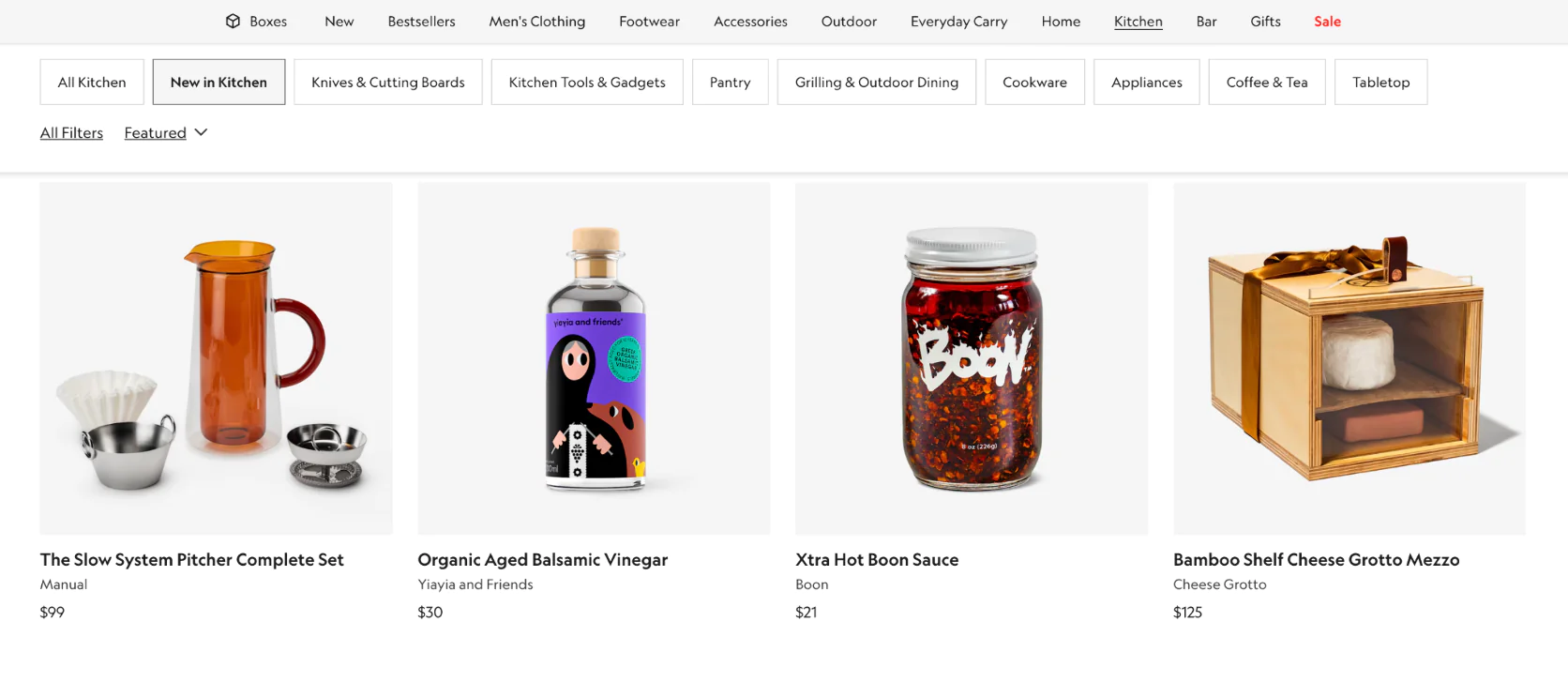Discover why strong brands give up part of their audience, demand painful consistency, and require constant evolution. Insights from top brand leaders.
June 24, 2025
3 Hard Truths About Branding Every Marketing Leader Must Accept
Great brands aren’t built by trying to please everyone—they’re built by making tough, strategic choices.
Our conversations with brand leaders Kendal McMullen (Global Healing), Sarah Zurell (Chinese Laundry), and Axel Folz (Bespoke Post) revealed three hard truths about branding. These insights might sting a bit, but they could transform your marketing strategy.
1. Building a Strong Brand Means Giving Up Part of Your Audience
It's tempting to appeal to as many people as possible. Growth targets, revenue goals, and investor expectations all push marketers toward casting the widest net.
But the truth is, not everyone who encounters your brand is meant to be your customer—and that's perfectly fine. The strongest brands thrive by being distinctive, not universal. When you water down your identity to attract the masses, you risk becoming forgettable.
I don’t necessarily care how many new customers we acquire. I care about the value of that new customer. We build our lists using lookalike audiences and purchase patterns. We’re never just targeting the general public.
Our ideal customer is the subscriber—someone who loves our brand, becomes an advocate, and shares it organically. Our customers truly understand brand value and willingly buy at full price. We only run two promotions all year—Earth Day and Black Friday—and still, we rarely hear price objections
Our retention is unheard of, and over 30% of orders are subscriptions that were manually enrolled.
Kendal’s team prioritizes finding customers who are likely to become long-term advocates, rather than chasing short-term sales. This selective focus builds loyalty and strengthens the brand’s impact.
Takeaway: Narrow your lens. A brand that tries to be everything to everyone ends up meaning nothing to anyone.
2. Branding Demands Painful Consistency, Not Just Marketing Flair
Branding isn’t just about a catchy tagline, a defined audience, or a strategic price point. Those elements are just the starting pieces.
For customers to truly understand what your brand stands for, every touchpoint—from product design to the last image on your website—must consistently reinforce your brand identity.
When Sarah Zurell joined Chinese Laundry, she faced a major branding challenge. The company sold similar-looking shoes under four different labels:
When I started, all the products looked the same with no clear definition between the brands. There wasn’t a strong brand story, and even the photography was nearly identical.
We needed to segment not just from a price as we had done before, but also from a branding and product assortment standpoint. Keeping strict guidelines on what each label could and couldn’t include was crucial.
Sarah tackled the issue by giving each label a distinct identity. Instead of differentiating by price alone, she focused on product categories and quality standards. This ensured that every aspect of each brand—from the products themselves to visual presentation—delivered a coherent customer experience.

Dirty Laundry: Bold, youthful energy

42 Gold: Sophisticated styling with premium positioning
Takeaway: Real branding requires organizational commitment. A clever slogan means nothing if your products, services, and customer experience don't consistently reinforce your brand promise.
3. A Brand Can’t Be Built Once and For All
Branding isn’t something you "set and forget"—it's an ongoing process of adaptation and refinement.
Even if you're not in a trend-driven industry like fashion, staying relevant means constantly evolving with your customers’ needs and shifts in the market. Unlike fashion, where trends are clearly visible on runways, most industries require brands to actively seek out changing customer preferences and adjust accordingly.
Bespoke Post, a subscription box service offering curated lifestyle products for men—ranging from outdoor gear—knows firsthand how to keep subscribers engaged:
Our products are exciting and fun, but after about 10 months, the novelty starts to wear off. You can only have so many cast iron skillets in your cabinet or axes for your backyard.
So we’re now including more consumable products for longer-term subscribers—things like hot sauces—items that encourage them to renew and come back to shop with us again and again.

Bespoke Post's Kitchen collection displaying both durable goods (the $99 pitcher set) and consumable items (hot sauce, vinegar) that address subscriber fatigue
Bespoke Post actively tracks how different customer cohorts respond to products and adjusts its offerings based on subscription length. This approach recognizes that what excites a customer early on may not keep them engaged months later. By evolving their product mix they stay relevant and keep customers subscribed.
Takeaway: A brand that stands still will eventually lose relevance. If you don’t evolve with your audience, your competitors will.
Conclusion
For marketing leaders, embracing these hard truths leads to stronger, more impactful brands:
- Focus on your true audience rather than trying to appeal to everyone.
- Integrate brand identity into every aspect of your business, not just your marketing materials.
- Commit to continuous evolution to keep your audience engaged over time.
When you accept these realities, you’re not just building a brand—you’re creating meaningful connections with the customers who matter most.



